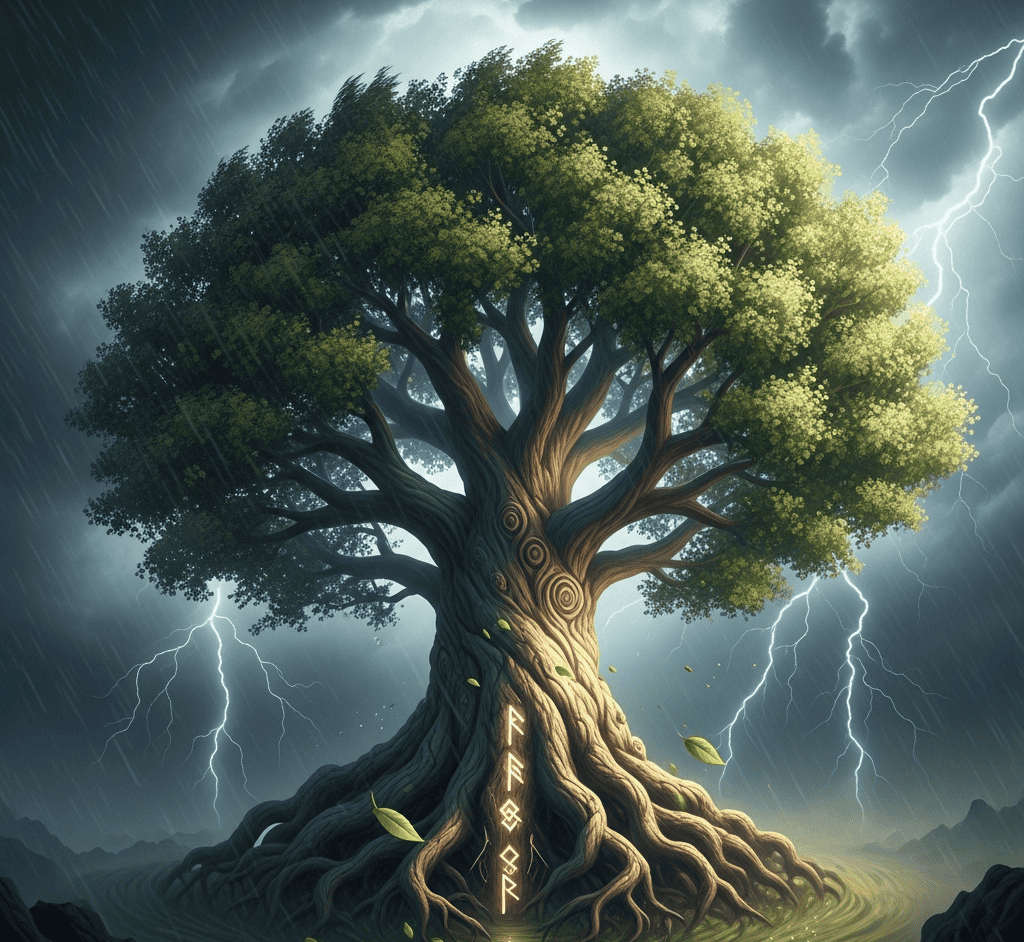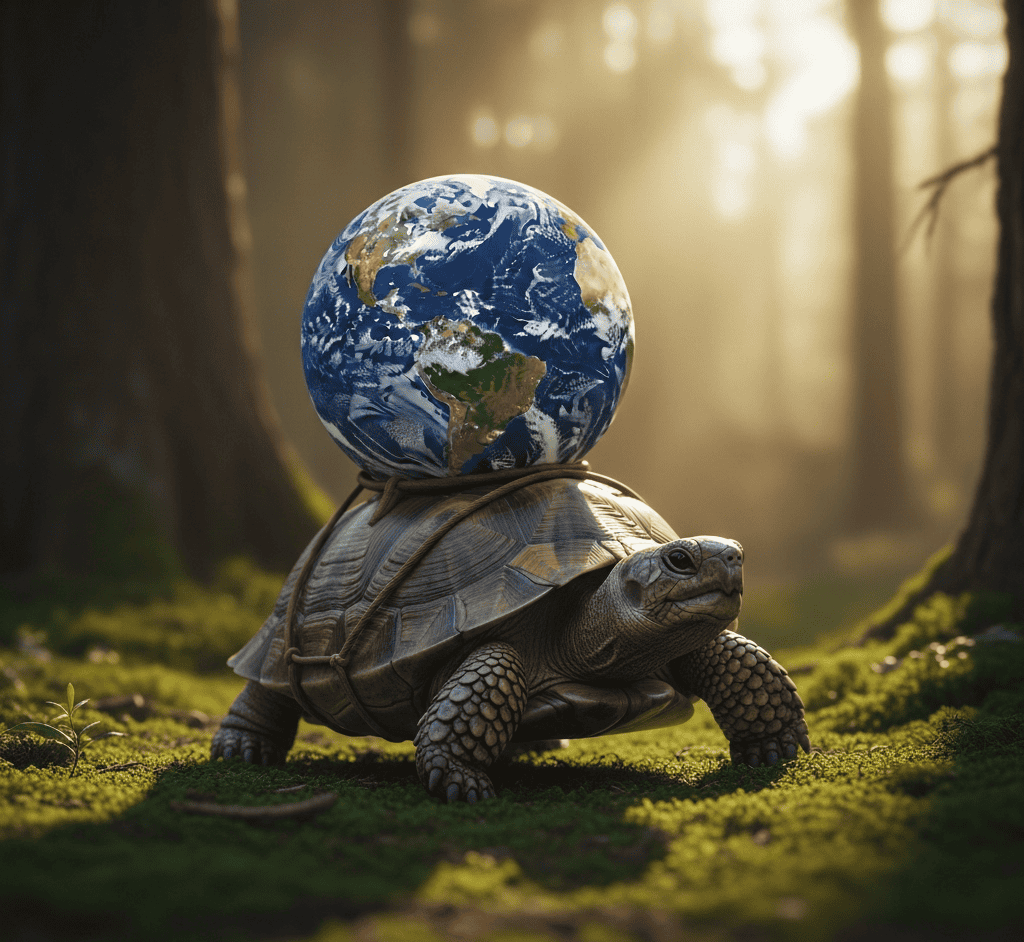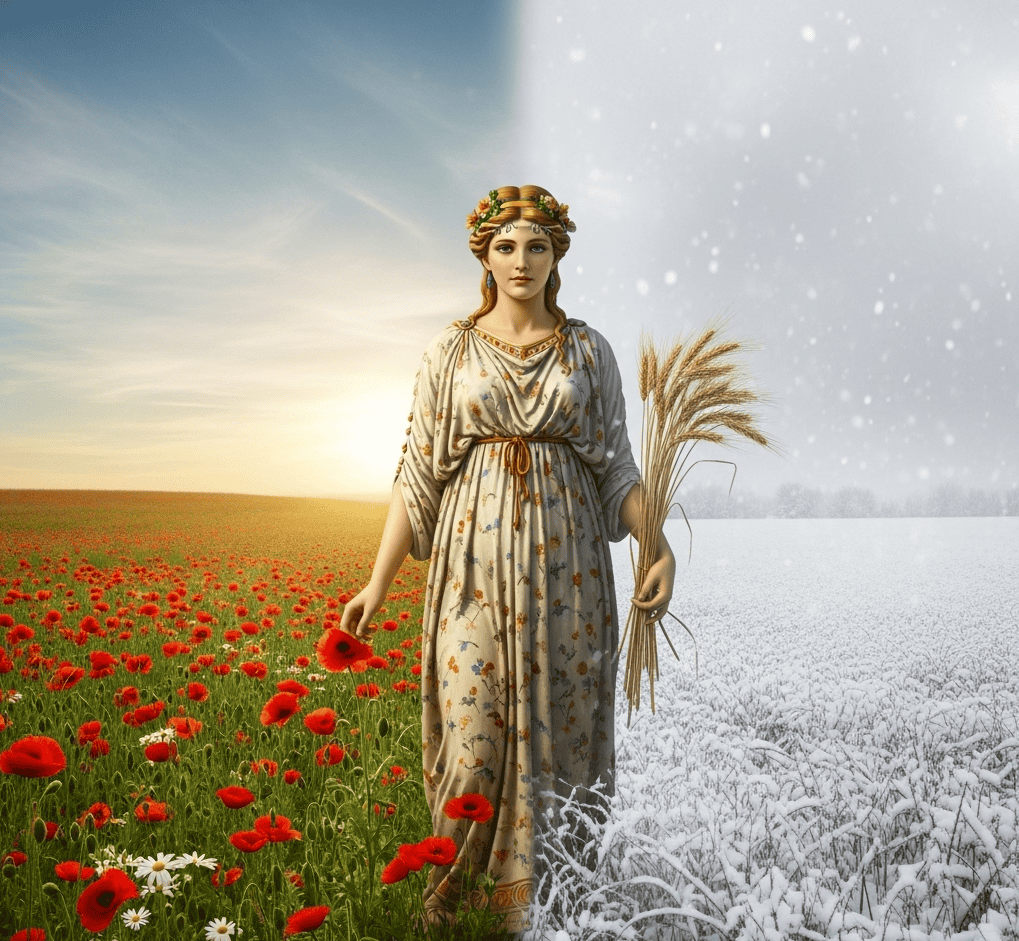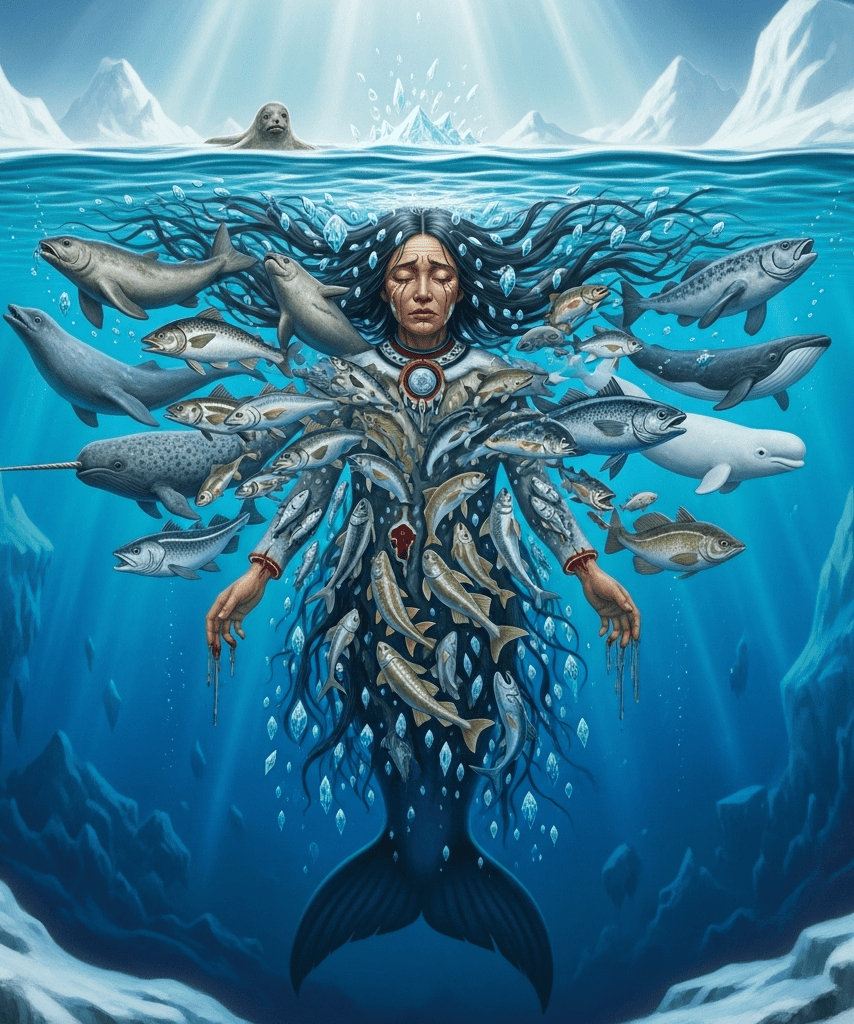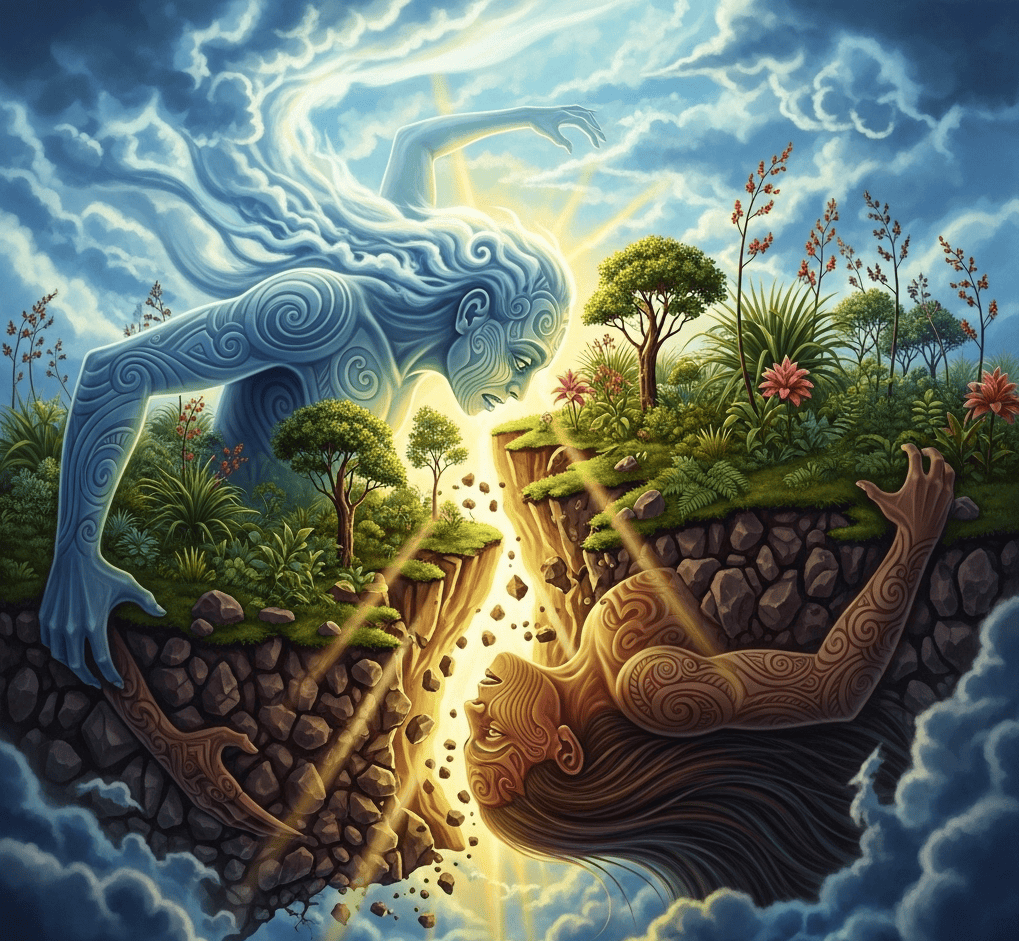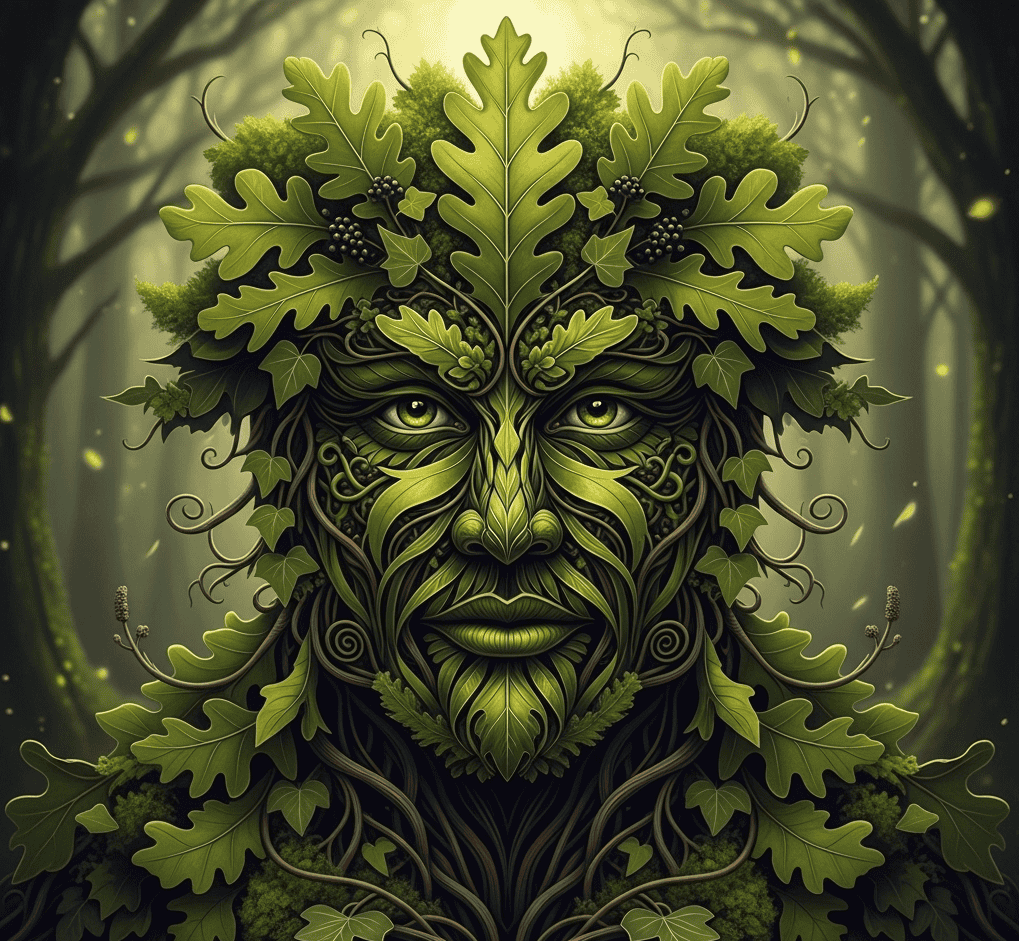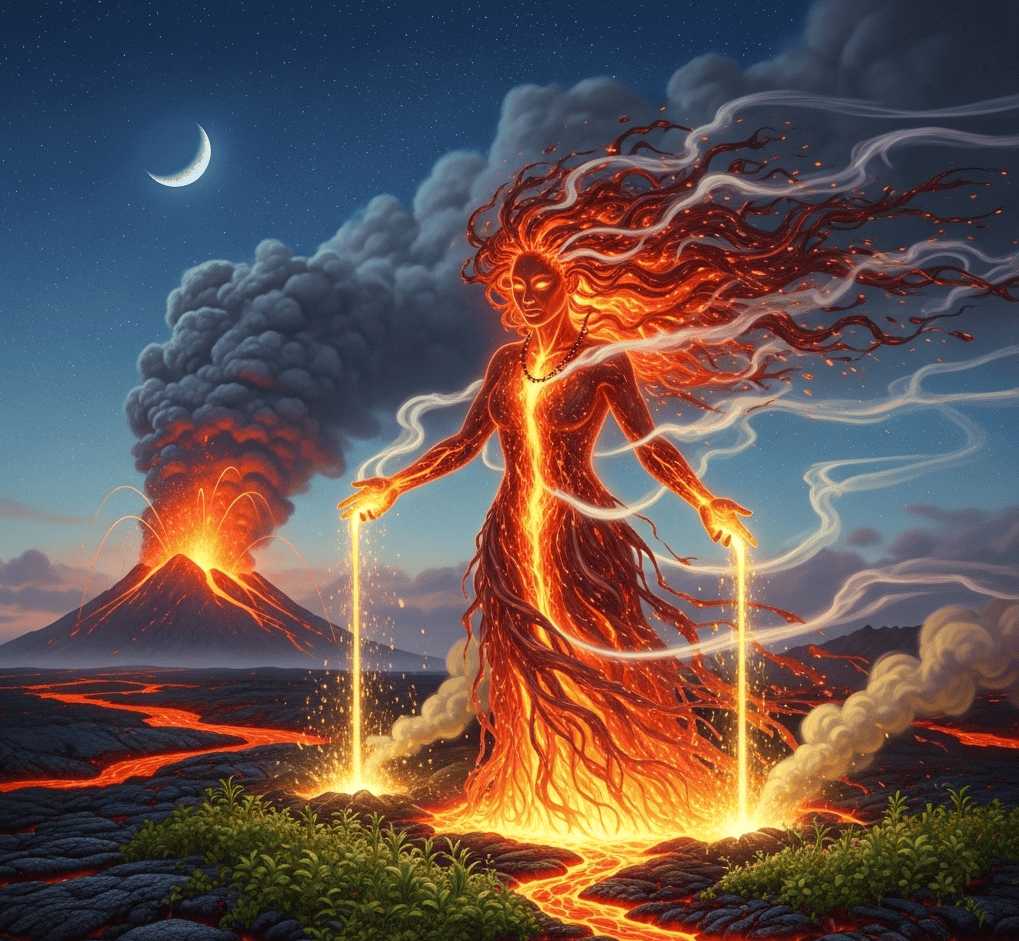Nature has always been a source of wisdom. Long before therapy sessions and mindfulness apps, people turned to rivers, forests, mountains, and animals for guidance on how to live and how to feel.
Myths about nature were more than entertaining stories. They were lessons about staying calm, balanced, and grounded.
Across cultures, these tales remind us that emotions are like the weather. They can storm, shine, or shift, but when we stay connected to nature, we find a steady rhythm.
Here are nine fascinating nature myths from around the world that can help us understand emotional grounding.
1. The World Tree Yggdrasil (Norse Mythology)
In Norse stories, Yggdrasil was the great tree that held the nine worlds together. Its roots reached into the underworld, its trunk stood in the human realm, and its branches stretched into the heavens.
Despite being shaken by storms, monsters, and even foretold destruction, the tree remained strong and continued to nourish life.
The image of Yggdrasil teaches emotional grounding by showing us the power of rooting ourselves. Just like the tree, we need deep roots to face challenges without falling apart.
When life shakes us, remembering our own inner strength and stability keeps us balanced.
2. The Turtle Who Carried the World (Native American Mythology)
Many Native American tribes tell the story of the Earth resting on the back of a giant turtle. This turtle carried the weight of mountains, rivers, forests, and people.
He was steady, slow, and patient, never rushing, yet always reliable. The turtle is a symbol of grounded patience.
In times of emotional stress, this myth reminds us to slow down and take things step by step.
Like the turtle, moving steadily and calmly often gets us farther than rushing or reacting too quickly. Grounding is about choosing steadiness over panic.
3. Demeter and the Seasons (Greek Mythology)
Demeter, the goddess of harvest, experienced grief when her daughter Persephone was taken to the underworld.
Her sadness brought winter to the earth, and her joy at Persephone’s return brought spring. The cycle of seasons was tied directly to Demeter’s emotions.
This myth reminds us that emotions, like seasons, are natural cycles. Winter does not last forever, and neither does sadness.
By grounding ourselves in nature’s rhythms, we learn to accept the flow of emotions without fighting them. Knowing that change will come helps us stay calm through difficult times.
4. The River Ganga’s Descent (Hindu Mythology)
In Indian mythology, the river goddess Ganga flowed in the heavens until she descended to earth.
Her fall could have destroyed the world, but Lord Shiva caught her in his hair, slowing her down into a gentle river.
This act allowed the river to bring life and balance instead of chaos. The story of Ganga is a lesson in emotional grounding.
Our emotions can sometimes feel overwhelming, like a flood. Grounding means channeling that flood into a calm flow, turning destructive energy into something life-giving.
Just as Shiva helped balance Ganga, we can guide our emotions rather than let them drown us.
5. Sedna, the Sea Mother (Inuit Mythology)
Sedna was a goddess of the sea who lived beneath the waves, controlling the animals that provided food for the Inuit people.
She had endured betrayal and pain, yet from her sorrow came abundance for her people. By combing her tangled hair, shamans would soothe her spirit and restore balance to the seas.
This myth teaches that even when we are hurt, healing can bring life to ourselves and others. Grounding is about acknowledging pain without letting it consume us.
Like Sedna, we can transform suffering into strength by nurturing calm and care within ourselves.
6. The Maori Story of Rangi and Papa (New Zealand Mythology)
In Maori tradition, the sky father Rangi and the earth mother Papa were once locked in a tight embrace.
Their children, trapped between them, separated the two so that light and life could fill the world.
Even though they were apart, Rangi and Papa continued to long for each other, with rain seen as the sky’s tears falling onto the earth.
This story teaches grounding by showing us the balance between closeness and separation. Relationships and emotions can sometimes suffocate us if we cling too tightly.
Creating space allows light, air, and growth. Grounding helps us breathe again, just like the world did when the sky and earth found balance.
7. The Celtic Green Man
The Green Man is a figure from Celtic tradition, often carved into stone with leaves sprouting from his face.
He represents the spirit of nature, the endless cycle of growth, death, and rebirth in the forests.
His image is a reminder that humans are never separate from the natural world. The Green Man’s lesson is that emotional grounding comes from reconnecting with nature.
When life feels overwhelming, stepping into a forest, touching the earth, or simply breathing fresh air can bring us back to balance.
He teaches us that healing begins when we remember that we belong to the earth.
8. The Japanese Koi Fish
In Japanese legend, koi fish are symbols of perseverance and strength. One famous story tells of koi swimming upstream against powerful currents.
Those who succeeded in reaching the top of the waterfall were transformed into dragons. This myth offers a powerful grounding message.
Emotional storms can feel like strong currents pushing us backward, but by staying steady and swimming against them, we grow stronger.
Grounding is not about avoiding challenges but about meeting them calmly and with persistence. In time, our efforts transform us into something greater.
9. Pele, the Hawaiian Goddess of Volcanoes
Pele is known as a fiery goddess who creates and destroys through her volcanoes. Her eruptions can be violent, but from the lava comes new land, fertile soil, and fresh beginnings.
Her power is both terrifying and life-giving. The story of Pele reminds us that intense emotions are not enemies.
Anger, grief, or passion can feel like eruptions, but they can also clear the way for renewal. Grounding ourselves does not mean shutting down our feelings.
It means embracing their energy, respecting their fire, and using them to create new growth in our lives.

I always felt a strong connection to the Divine since my birth. As an author and mentor, my mission is to help others find love, happiness, and inner strength in the darkest of times.


